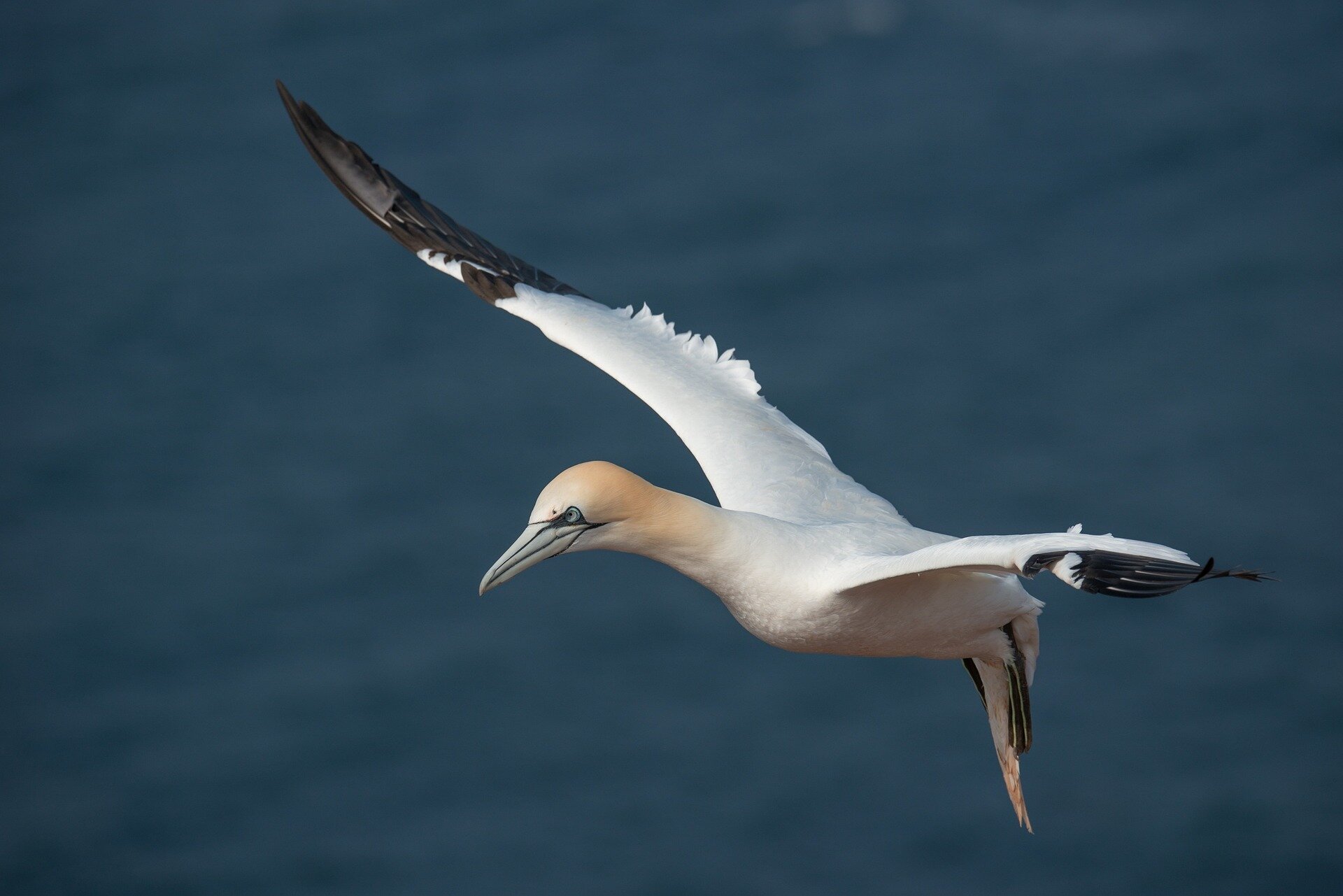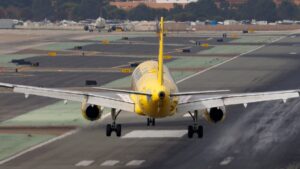

Antarctica is often imagined as the last untouched wilderness. Unfortunately, avian influenza (“bird flu”) is encroaching on the icy continent. The virus has already reached the sub-Antarctic islands between the Antarctic Peninsula and South America. It’s only a matter of time before it reaches the Antarctic continent.
So far avian influenza has been detected in several seabird species on South Georgia Island and the Falkland (Malvinas) Islands. These birds are known to travel to Antarctica. Researchers also suspect avian influenza caused mass deaths of southern elephant seals.
The arrival of avian influenza in Antarctica could have potentially catastrophic consequences for the wildlife, decimating large populations.
Antarctic avian influenza outbreaks may also disrupt tourism and research activities during the busy summer season. So what can we do during this challenging time?
The bird flu pandemic
We are in the midst of a “panzootic”—a large-scale pandemic of avian influenza, which is occurring across the world and has affected more than 200 species of wild birds.
While this strain of avian influenza (H5N1) is an old foe, the genetics and epidemiology of the virus have shifted. Once mostly found in poultry, it is now infecting large numbers of wild birds. Migrating birds have spread the virus with substantial outbreaks now occurring in Europe, Asia, Africa, North America and South America.
Avian influenza has devastated seabird populations around the world, including a 70% reduction of northern gannets on Bass Rock in the United Kingdom. Many birds are diseased, with signs including loss of coordination, watery eyes, head twisting, breathing distress or lethargy.
Beyond birds, this virus may have killed more than 30,000 South American sea lions and over 2,500 southern elephant seal pups in South America. In South Georgia mass deaths have been observed in elephant seal pups but the virus was not detected in samples sent for laboratory tests.
Bird flu moving further south
The first detection of avian influenza near Antarctica occurred in early October on Bird Island, South Georgia, in brown skuas (seabirds similar to large gulls).
A case on the Falkland (Malvinas) Islands was confirmed a few weeks later in another seabird species, the southern fulmar.
Genetic analysis revealed the virus entered these regions on two separate occasions.
Skuas and kelp gulls were highlighted as species most likely to spread the virus to the Antarctic continent in a recent risk assessment, as they travel into the region from South America. They are also highly susceptible to avian influenza, with related species in the Northern Hemisphere suffering losses of more than 60%.
What does this mean for Antarctica?
The Antarctic Peninsula, with its ice-free areas, is an important breeding ground for many key Antarctic species.
Critically, those species—and others, including the iconic Emperor penguin—live in dense colonies and are not found elsewhere in the world, making them particularly vulnerable to disease outbreaks.
Outbreaks on the Antarctic Peninsula will also be extremely disruptive to the tourism industry. More than 104,000 people visited as tourists in the 2022–23 season. People visit to see wildlife, make a continental landing, and enjoy the scenery.
Once avian influenza is confirmed at a particular location, sites will be closed to tourists. This will lead to a different experience for visitors, with land-based wildlife encounters pivoting to cruise-based activities.
What are we doing?
The Antarctic Wildlife Health Network of the Scientific Committee on Antarctic Research has developed recommendations for the research and tourism communities.
These recommendations include information around biosecurity, testing and reporting of cases. The network’s database collates information on suspected and confirmed cases of the H5N1 avian influenza strain in the Antarctic region. This is central to rapid data sharing.
During the 2022–23 season, a small number of researchers tested suspected cases and conducted surveys, which excluded the presence of avian influenza.
This year, through the generosity of industry partners, we will dramatically expand this effort. The network will conduct surveys across the Antarctic and sub-Antarctic to monitor the presence and impact of the virus on wildlife.
Safety and biosecurity measures have been boosted across the scientific community and tourism industry to reduce the risk of people spreading the virus. This should ensure essential scientific research and tourism activities can continue safely.
New measures now in place include:
- disinfection of boots and outer clothing
- wearing of N95 masks, protective glasses and gloves when working with wildlife
- restrictions on access to infected sites.
Tourism can play an important role in detecting and monitoring the spread of the virus, alerting authorities to new cases in locations not visited by scientists.
The International Association of Antarctica Tour Operators is on high alert. Extra training for field staff will help them identify wildlife illness quickly.
Antarctica is connected
Many threats to Antarctica—including climate change, pollution, and pathogens—originate elsewhere. Climate change is expected to increase the spread of infectious diseases in wildlife and Antarctica is not immune.
Disease surveillance and information sharing between all those active in the far south are vital to help minimize the impacts of avian influenza and future disease threats.
The avian influenza example highlights the connectivity of our world, and why we need to care for the planet at home in order to protect the far south.
Provided by
The Conversation
This article is republished from The Conversation under a Creative Commons license. Read the original article.![]()
Citation:
Avian influenza has killed millions of seabirds around the world: Antarctica could be next (2023, December 25)
retrieved 25 December 2023
from https://phys.org/news/2023-12-avian-influenza-millions-seabirds-world.html
This document is subject to copyright. Apart from any fair dealing for the purpose of private study or research, no
part may be reproduced without the written permission. The content is provided for information purposes only.
1
2
3
4
5
1
2
3
4
5
1
2
3
4
5
1
2
3
4
5
1
2
3
4
5
1
2
3
4
5
1
2
3





